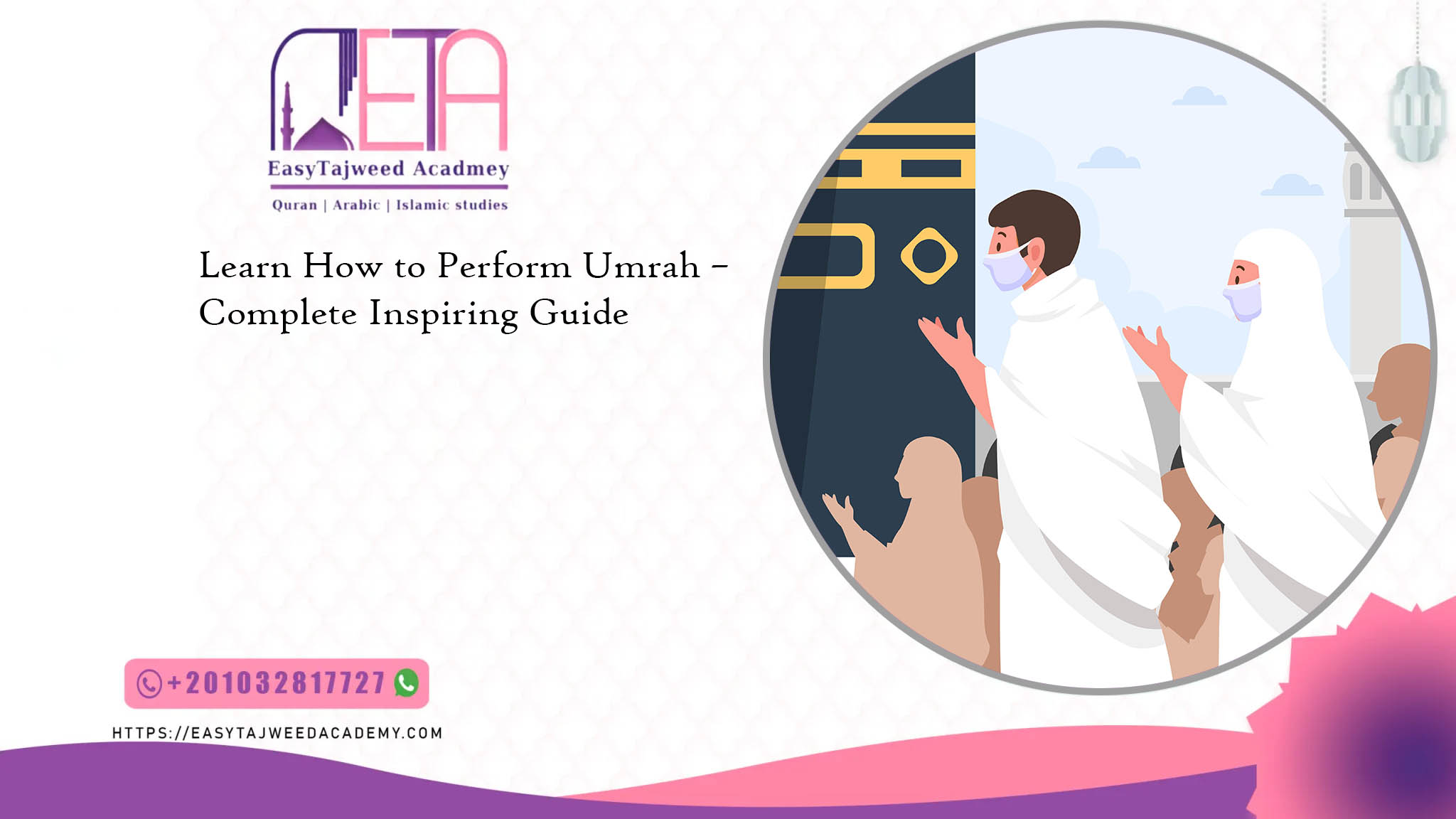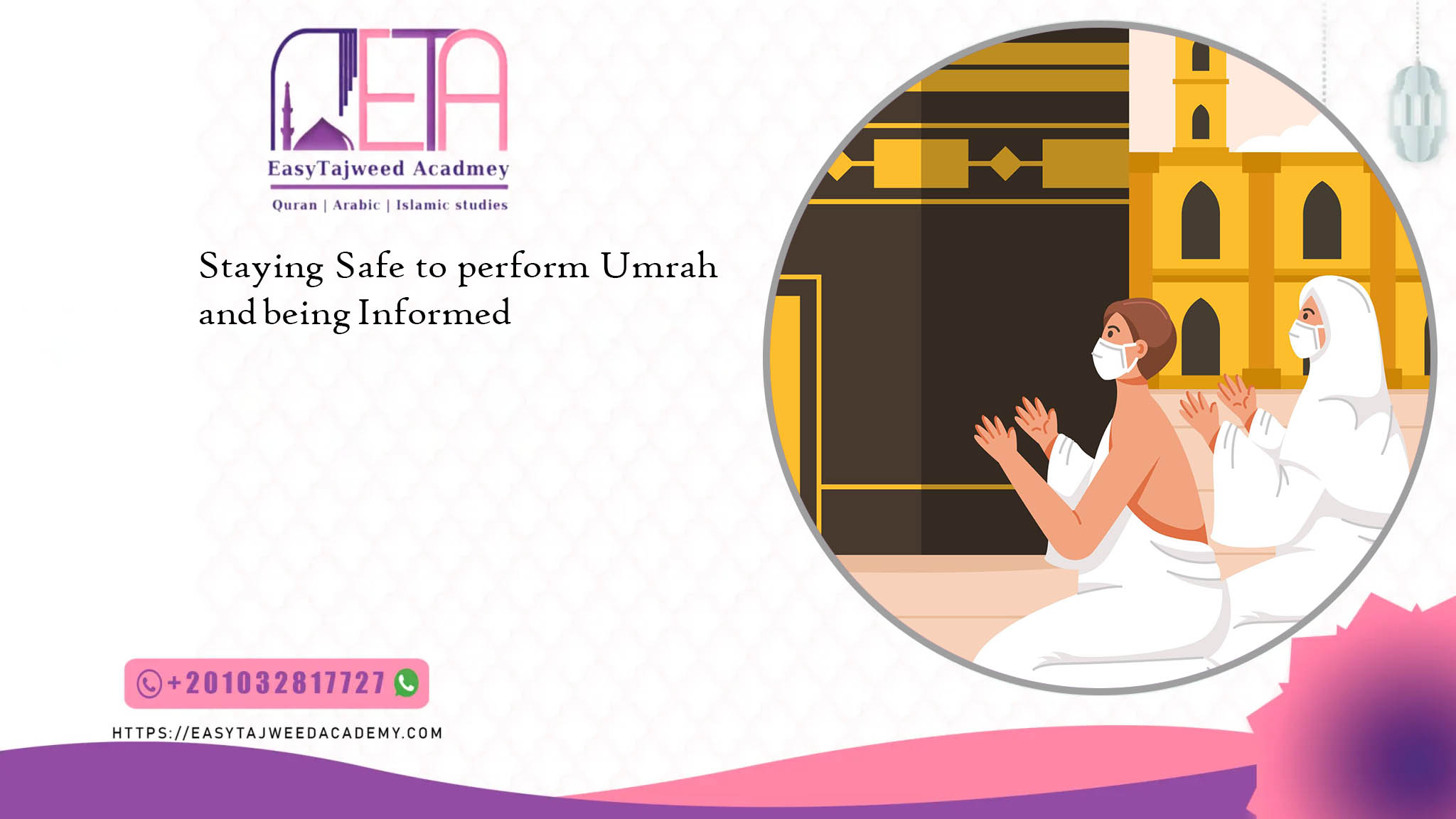We arrive with hearts open and hands uncluttered. This guide on how to perform Umrah begins as a gentle invitation. We name our aim plainly: presence more than pace, devotion paired with simple logistics.
We frame how to perform Umrah as clear, steady, and kind. We explain how to perform Umrah and how the location of each space shapes our steps. We also make sure we hold the inner pause that turns movement into meaning.
Our plan balances the practical with the sacred. We map time for rest, short supplications, and quiet breaths so that peace and a calm mind guide each choice.
From the airport arrival to the hotel rest, we set gentle checkpoints. Each waypoint helps us move towards how to perform Umrah without hurry and keeps the focus on prayer, respect, and compassion.
Key Takeaways
- We approach this pilgrimage with clear steps and calm intention.
- The guide shows the practical waypoints from travel to ritual.
- Short supplications and paced time foster inner peace.
- Attention to location and movement helps maintain reverence.
- We balance logistics and devotion with compassion for ourselves.
Understanding Our Intent and the Conditions Before We Perform Umrah
With Easy Tajweed Academy, we begin by naming our purpose to perform Umrah and calming the heart that will carry every step. This quiet intention is brief, clear, and sincere. It helps us enter a steady state of presence and invites a gentle peace that holds through movement.
Setting our intention and entering a calm state to perform Umrah
We ground our preparation to perform Umrah in a plain statement of niyyah spoken with humility. A short line we can repeat centers us and keeps our attention focused.
Conditions and practical rules for first-time and returning people to perform Umrah
Conditions and practical rules for first-time and returning people to perform Umrah
We note simple conditions to perform Umrah that help keep our minds clear. Personal cleanliness, modest clothing, rest, and water support concentration.
We outline key rules of ihram in clear terms and make sure we respect boundaries that preserve sacredness and the dignity of others. For the first-time traveler, mild nerves are normal to perform Umrah; for returning people, fresh intent prevents routine.
If doubt appears in any case, we pause, breathe, and seek a clear answer before moving on to perform Umrah. A short, repeatable intention line and the habit of soft speech keep our conduct calm for ourselves and the people near us.
- Repeatable intention: “I intend this act for God alone.”
- Practical note: hydrate, rest, and plan modest clothing.

How to Perform Umrah: The Rituals in Order from Start to End
Each signpost of the perform Umrah guides our feet and steadies our breath. We follow a gentle order that carries us from preparation through the final act. This short map keeps our focus kind and clear.
Entering the state of ihram to perform Umrah
To perform Umrah, we choose simple, clean clothing and review basic rules that protect our worship. A quiet heart and a clear state of intent set the tone before we leave the hotel and head toward the mosque.
Arrival, niyyah, and supplications
At the door of the mosque, we declare our niyyah to perform Umrah and recite short supplications with calm attention. We pick the easiest way from our hotel and keep our pace measured to complete the Umrah.
Tawaf, Sa’i, and the final steps to perform Umrah
We begin tawaf facing the Black Stone as the start point to perform Umrah, noting each corner and the Yemeni corner without pushing. We keep count of the number of circuits and adjust for crowding or other conditions.
During Sa’i we follow the marked ground; men may quicken pace where appropriate, and women maintain steady, modest movement. We end by trimming or cutting hair, a brief act that closes the rites and seals our intention.
Planning Our Journey: Airport to Hotel, Room to Mosque
We map the route from plane to prayer so each step feels simple and steady. A calm plan saves time and keeps our focus on what matters. Below are clear steps and quiet practices that help us arrive ready.
Landing at the airport: immigration, bag pickup, and transport options
We move through immigration with patience, papers ready, and copies stored in our room and phone. Collecting luggage quickly helps us save energy for worship.
- At arrival: show documents, stay together, and keep a small water bottle handy.
- Bag pickup: check tags, report lost items at the counter, and note the service desk for delays or claims.
- Transport options: compare official shuttles, pre-arranged rides, and approved taxis so our choice fits group size and budget.
Choosing a hotel near the mosque: location, facilities, and a quiet place for prayer
We pick a hotel that shortens walking time and supports rest between prayers. A nearby location reduces strain and keeps our daily rhythm steady.
- Look for quiet floors, prayer-friendly spaces, and elevators with short queues.
- Check breakfast times and room service as practical aids for varied prayer times.
- In case of delays, use hotel service desks and keep water at hand for the group.
Finding our way to the right door and ground-level areas
We learn major landmarks and the best way to the mosque entrance that matches our mobility needs. Choosing ground routes often eases movement for elders and families.
Pack a small tray in the room for documents, ihram items, and a quick-grab pouch. Build time buffers between movements so we are not rushed and can greet each visit with calm energy.
Time and Prayer: Daily Rhythm, Prayer Times, and the Best Time of Day
We set a gentle daily rhythm that rests on prayer and practical pauses. This helps us match our energy with the flow of the mosque and the crowd patterns that change through the day.
Prayer times, crowd patterns, and the calm hour for tawaf
Prayer times mark natural windows. Early morning and late night often bring quieter corridors and a calmer hour for tawaf.
We notice that crowd patterns swell after major times, so an early hour or the period after the last prayer can offer clearer space.
Staying flexible with time while keeping our minds at peace
We plan rest blocks at the hotel between major prayers. Short naps and hydration keep our minds calm and energy steady.
“We treat waiting as worship and walking as remembrance.”
Before entering the mosque, we use gentle warm-ups, a few deep breaths, and brief supplications to align focus.
- Use a small counter or bead to track the number of tawaf or sa’i laps when the day is busy.
- Leave a margin in our schedule for delays so peace is preserved if plans shift.
- Keep a simple template: meal, prayer window, rest, brief walk, and quiet reflection.
We balance aspiration with realism and tune our time so the hour we choose supports presence rather than haste.
Key Places and Points to Keep in Mind: Masjid Nabawi, Masjid Aisha, and the Yemeni Corner
We pause at each landmark so our steps match steady intention. Visiting these sacred locations asks that we plan time and hold a clear order of intent. Each place offers unique merits and specific etiquette.
Visiting Masjid Nabawi respectfully
Masjid Nabawi is a blessed mosque with its own quiet rules. We lower our voice, move gently, and give space for prayer and supplications.
We keep in mind the order: rites in Makkah come first, then a heartfelt visit here. Let our presence be modest and tidy.
Miqat and Masjid Aisha as a practical point
Masjid Aisha serves as a well-known miqat for those near Makkah who need a clear place to assume the state again. Confirm your niyyah before crossing the point and measure transit time from your hotel.
Travel with friends when possible and set small pauses so the heart can align with each step.
- Checklist: identify location, check time windows, confirm state, hydrate, and travel in pairs.
- Crowd courtesy: step aside for elders and keep movement calm during prayer times.
“Let brief pauses deepen presence; the feet follow a centered heart.”
| Place | Primary Point | Practical Note |
|---|---|---|
| Masjid Nabawi | Blessed mosque; visit after Makkah | Lower voice, give space for prayer |
| Masjid Aisha | Miqat point | Confirm niyyah; measure transit time |
| Yemeni Corner | Starting point for tawaf counting | Move gently; watch crowd flow |

What to Bring and How to Move to Perform Umrah: Bag, Drawstring, Water, and Train or Service Options
A small, well-organized carry lets us move to perform Umrah with dignity and calm through crowds. We choose items that keep our focus on presence rather than possessions.
Light packing for steady movement
Keep a compact bag with travel documents, a prayer cover, and a tiny first-aid kit. Use a drawstring pack so hands stay free and motion stays simple.
Pack unscented items and minimal bulk to follow the rules of our state. Stage essentials by the room door in the hotel, so leaving is quick.
Water and small comforts
Carry a reusable water bottle and plan refill points. Bring light snacks, lip balm, and a thin cap for steady energy.
We test the packed weight briefly before leaving to make sure the comfort holds for the whole day.
Transport: trains, shuttles, and walking
- When the train runs on schedule, it is fast and predictable.
- A shuttle service is a good option for groups or heavy luggage.
- Sometimes walking a short way is the quickest and calmest choice.
“Simple packing and a clear plan bring calm to every step.”
| Need | Best Option | Note |
|---|---|---|
| Hands-free | drawstring bag | keeps items accessible |
| Hydration | water bottle | refill often |
| Transit | train or shuttle | Have plan B from the airport |
How to Perform Umrah for Men and Women: Practical Rules, Modesty, and Space in a Sacred Place
We meet the sacred space with calm steps and clear regard for others nearby to perform Umrah.
We hold modesty as care for everyone. Our state is not only garments but the quiet way we move and speak.
Perform Umrah for Men: secure ihram, shoulder posture, and keep to the right.t
To perform Umrah, one must wear the ihram securely and check that the cloth will not slip during tawaf. At the gentle quickening, one shoulder may be briefly exposed when appropriate.
Keep to the right area while circling so the flow remains smooth and no one is pressed.
Perform Umrah for Women: modest attire, safe movement, and staying with friends
We choose opaque, comfortable clothing that allows small steps on polished ground. Movement should be steady and non-restrictive for safe balance.
Walk with friends or family and agree on a meeting area in case we separate. Simple signals and calm voices help regroup without delay.
“Grace in movement is worship; kindness in crowded time is a quiet form of remembrance.”
- Boundaries: lower gaze, softer voice, and give space at tight corners.
- Prayer spot: pick a place that does not block doorways and keeps people moving safely.
- Etiquette: line discipline, gentle merging, and stepping aside for elders save time and preserve dignity.
| Role | Practical Rule | Quick Tip |
|---|---|---|
| Men | Secure ihram; one shoulder exposure when suitable | The ep right area during tawaf |
| Women | Opaque, non-restrictive attire; steady steps on the ground | Stay with friends; set a meeting area |
| All | Mind boundaries; choose respectful prayer spots | Tuck loose items; check footing; align our mind with patience |

Staying Safe to perform Umrah and being Informed: Official Guidance, Privacy, Cookies, and Secure Services
We learn one small rule online and save hours at the airport and hotel. A few clear checks protect our data and keep our plans steady. These habits let us focus on presence rather than paperwork.
Recognizing official Saudi sites and HTTPS security
Look for .sa at the end of a domain. This single point helps us spot legitimate government pages. Also, confirm the lock icon and HTTPS in the browser before you enter personal details.
Cookies, privacy notices, and booking with confidence
Cookie banners often explain what improves site use. Reading a short privacy note helps us understand what data is kept. When we book a flight or a room, we pause and confirm names, times, and payment summaries.
- Verify the domain ends with .sa and check HTTPS before you book.
- Use official contact points on secure pages for changes, not informal channels.
- Note facilities like accessibility and elevators in confirmations.
- Keep screenshots of bookings on our phone in case connectivity drops at the airport or hotel.
| Item | Check | Why |
|---|---|---|
| Website | Domain ends with .sa + HTTPS | Verify place-based guidance |
| Booking | Names, time, payment summary | Avoid delays for people in our group |
| Service contact | Official point of contact on secure page | Saves time and protects privacy |
“Mindful digital steps ease our journey, letting worship remain our focus.”
Conclusion
We close perform Umrah with a clear invitation: carry intent and calm through every step.
We perform umrah with presence and small, steady actions. Book small checks in the hotel and room before you leave. Carry a light bag or a drawstring pack and refill water often so prayer stays central.
We notice the Yemeni corner and other markers, like Masjid Aisha, as guides for the start and end of the rites performed during Umrah. Men and women keep modest postures and pick a safe and respectful area.
Choose an hour that fits your energy, mind the day’s crowd patterns, use the train when it saves steps, and trust that each grounded, humble step turns this journey into lasting grace.


